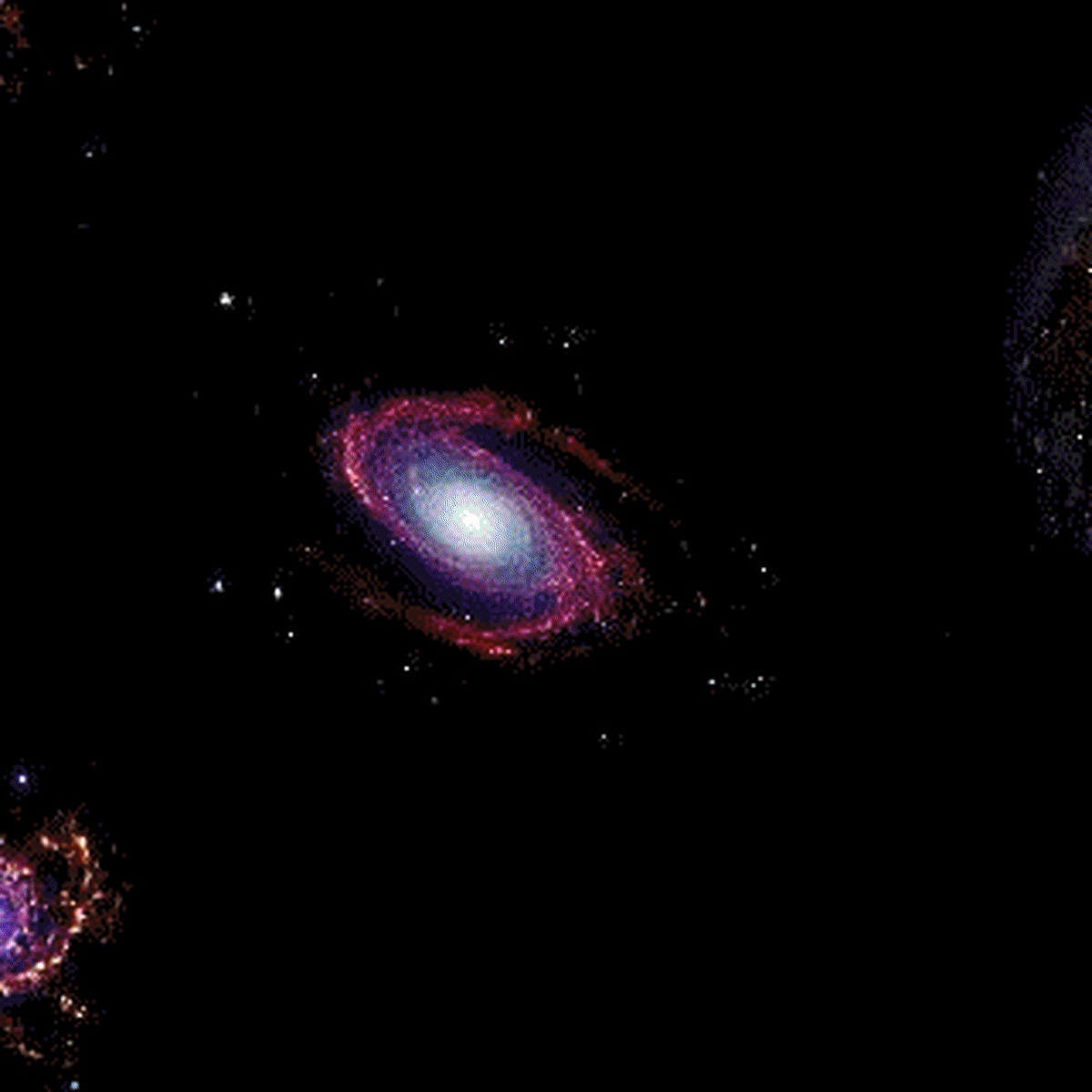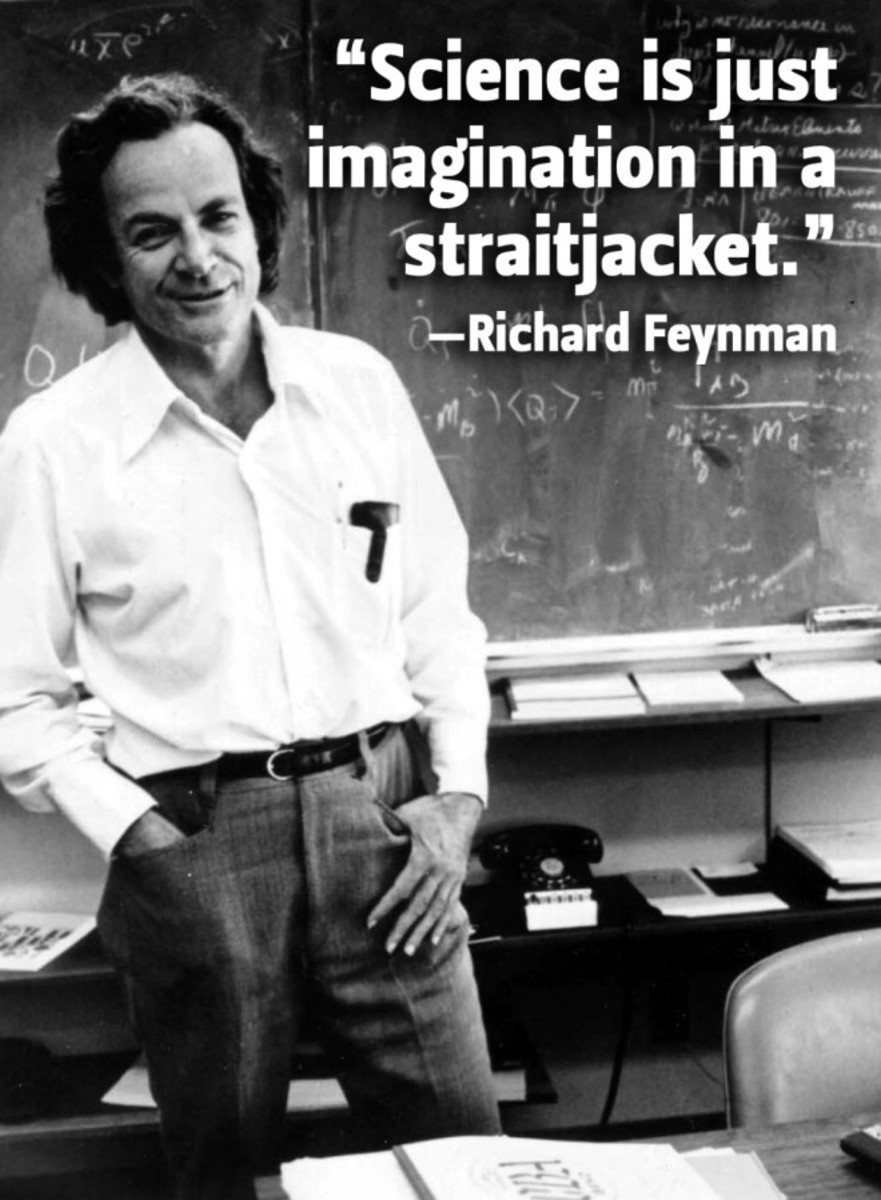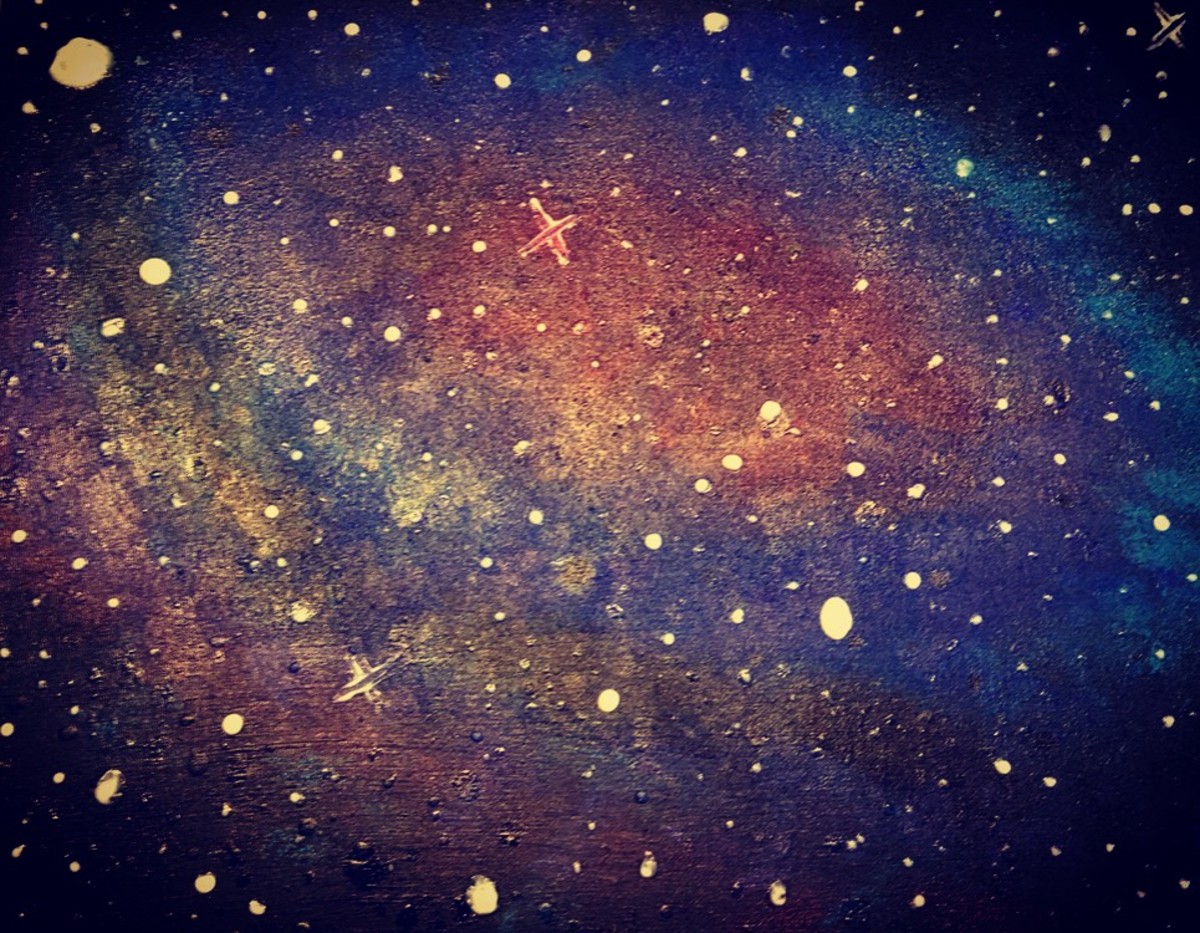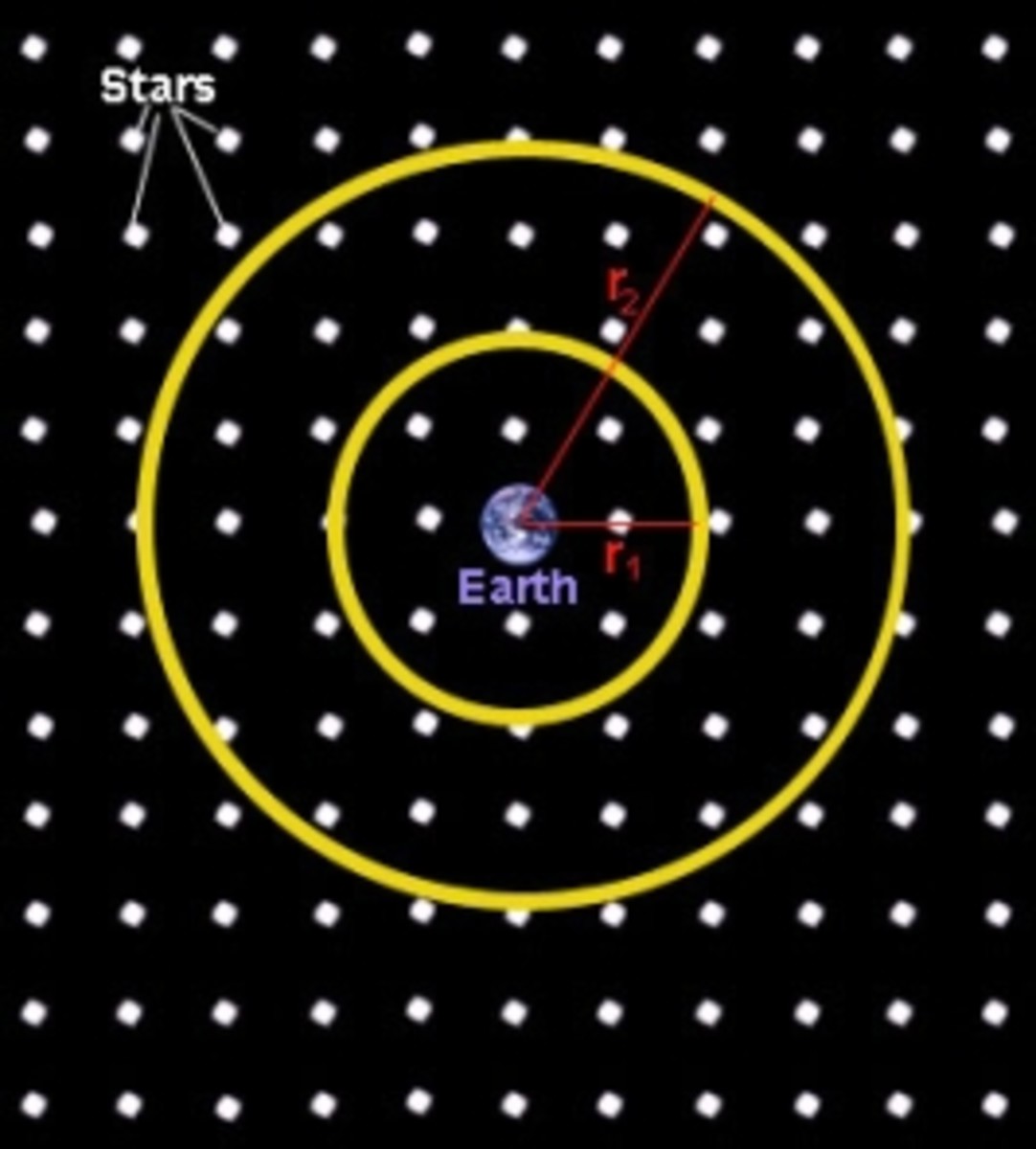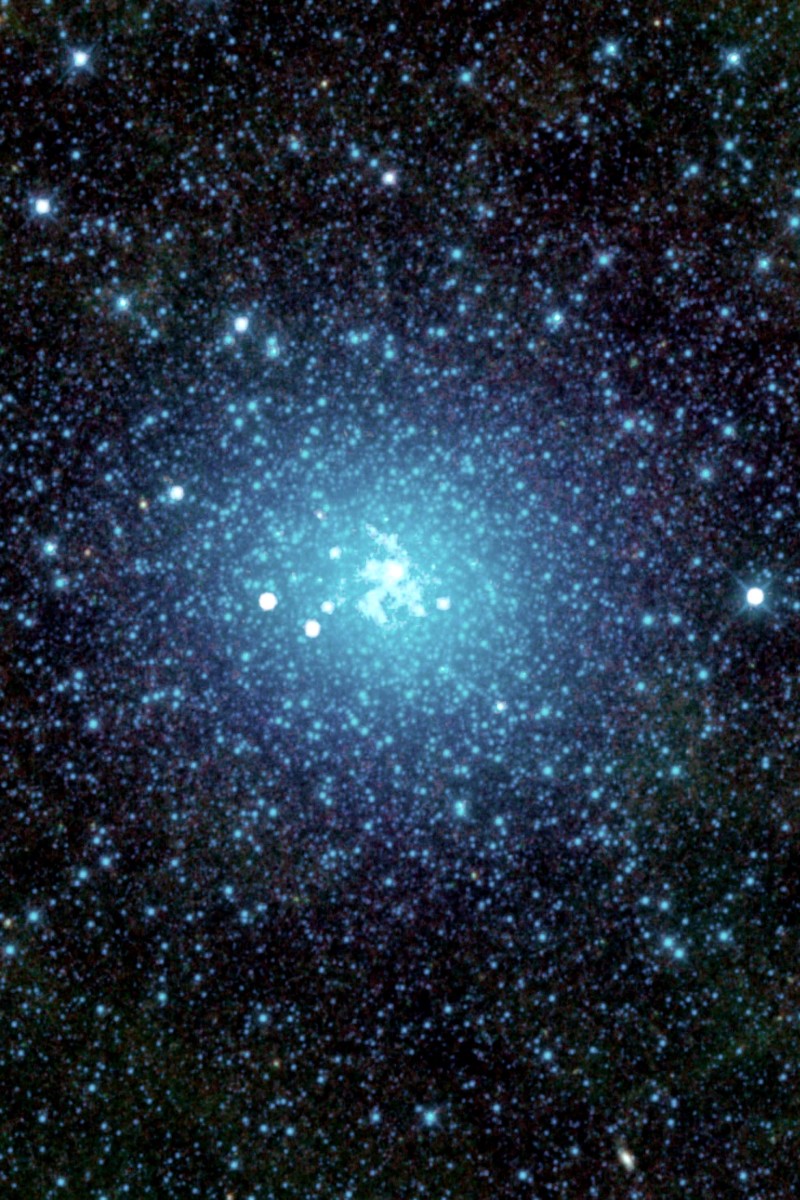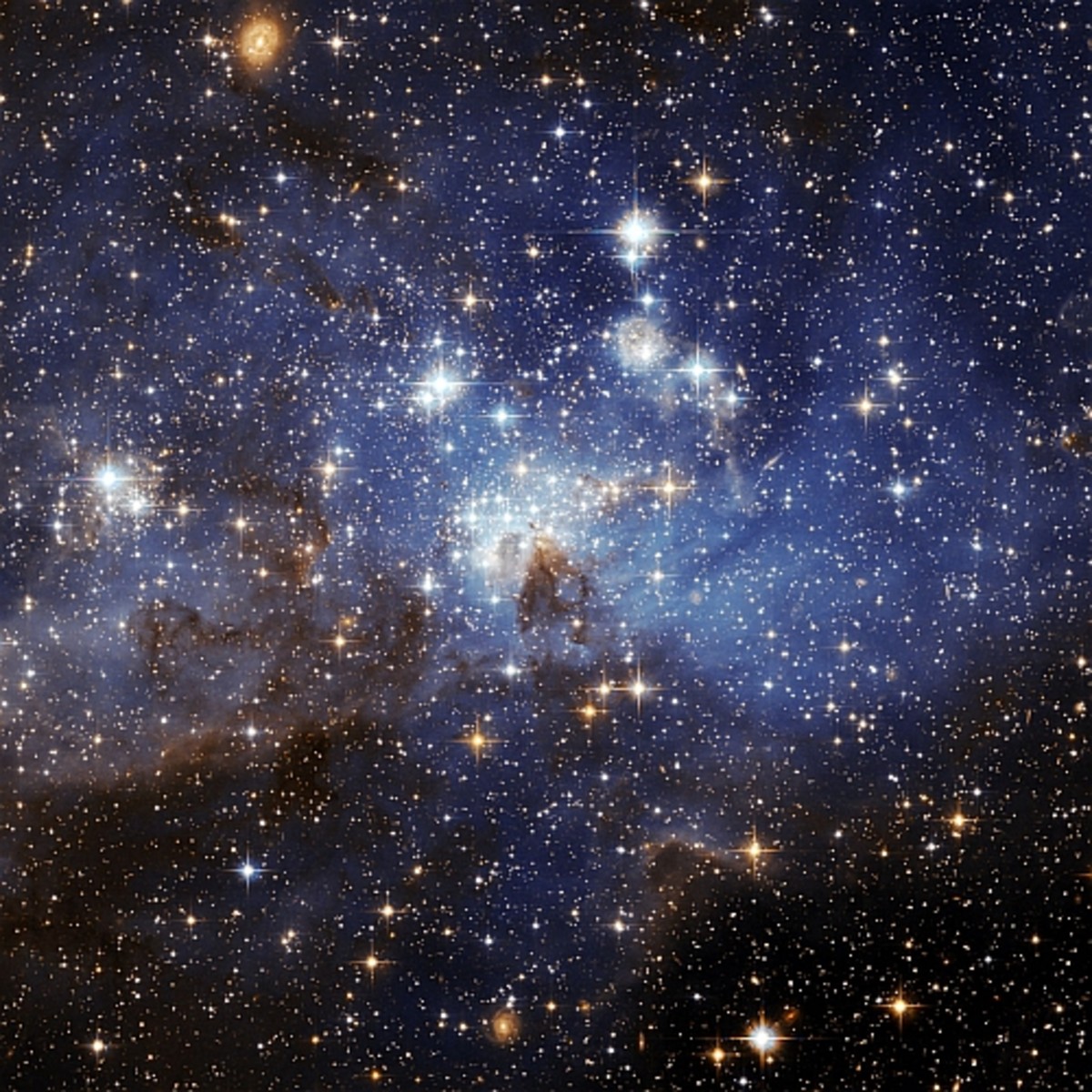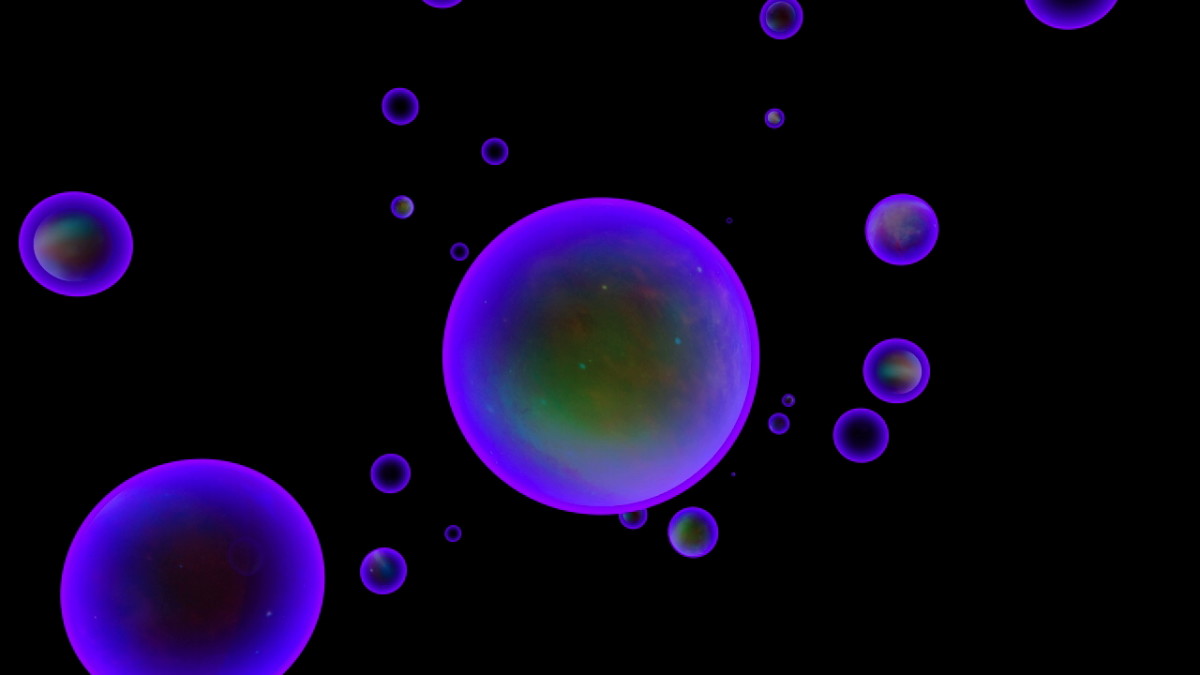The Universe, Galaxies, and the Milky Way
The Universe and Galaxies
The universe is the sum of space that contains celestial bodies including planets, stars, galaxies, and all other forms of matter and energy. Another definition of the universe is that it is a huge open space consisting of billions of galaxies and an even more stars.
A galaxy can be defined as a system of millions or billions of stars, together with gas and dust, held together by gravitational attraction.
The galaxy in which our world is located is called the Milky Way. Our solar system, including the Sun, the planets and their satellites (moons), forms only a small part of the Milky Way.
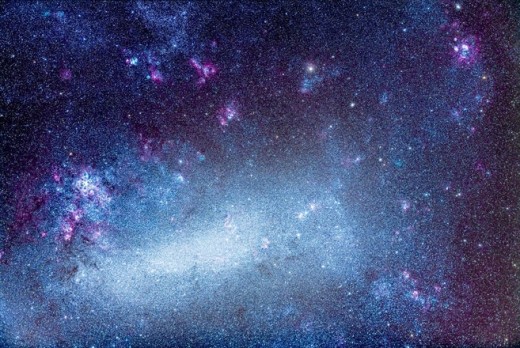
How was the universe formed?
According to scientists, the universe was born more than 15 billion years ago. The Big Bang theory claims that the universe began as a small ball of fire. The fireball grew larger and larger until the day it exploded. Then the universe that we know today was formed. Of course, this theory has not been accepted by the whole world, and we can not be definitely sure if it is true or not, but it is the most widely accepted theory in the scientific world today.
What is the Big Bang Theory?
The Big Bang theory suggests that the universe as we know it today was created after a huge explosion or ‘bang’. The theory was proposed by Georges Lemaitre proposed in 1927, and was expanded by Edwin Hubble in 1929.
How big is the universe?
Actually, no one knows how big the universe is. It is estimated that there are more than 100 billion galaxies in the universe. However, this number of the galaxies we know of keeps growing as more advanced telescopes are developed day by day, which helps us discover more and more galaxies. It is also thought that the universe is expanding because the galaxies are moving away from each other. They claim that the early universe was a dense cluster of matter. It has kept expanding since the Big Bang and is still continuing to expand.
In fact, there are two different views on this issue. Some scientists believe that the universe will never stop expanding, whereas others think that it will begin to shrink until it becomes a fireball again.
The Expanding Universe
Scientists do not agree whether the universe is expanding or shrinking, but the proponents of the expanding universe think that stars and other elements in the universe are continuing to move away from each other due to the force of the original Big Bang.
What is a galaxy?
As defined above, a galaxy is a group of billions of stars, dust and gas bound together by gravitational force. It can either be on its own or in a cluster. Not all galaxies are the same. They have different shapes and sizes. Scientists have divided them into three categories based on their shapes:
- spiral
- elliptical (oval)
- irregular (no shape)
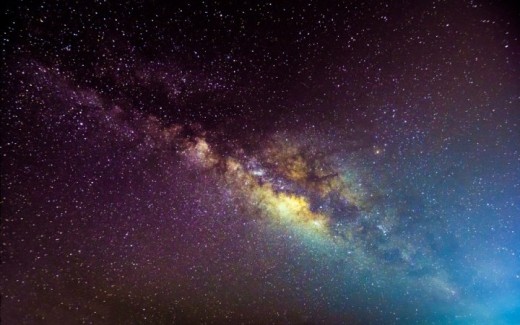
What is Milky Way?
The Milky Way is the galaxy that contains our solar system. The name milky derived from the appearance from Earth of the galaxy. It got its name from ancient Greek and Roman myths. It was believed that the goddess Hera (Juno) spilt milk across the sky and called the white streak it left a ‘river of milk’. The Romans called it Via Lactea or a ‘road made of milk’. This is how our galaxy got its name "the Milky Way".
It is a huge barred spiral galaxy. All the stars and planets we see in the sky at night are located in this galaxy. It is really difficult to count all the celestial bodies in our galaxy, but the best estimate is that there are approximately 100 billion stars in it.
We can understand how big it is by looking at the Sun's movement. It takes the Sun about 250 million years to orbit once around the centre of the Milky Way.
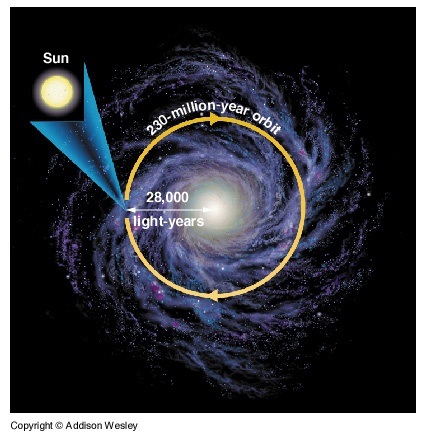
Conclusion
There may be lots of different answers to the questions asked above, but this article tries to answer them with simple and direct explanations. Perhaps, by thinking about how big the Milky Way galaxy and the universe is, we can have an opinion of one of the most commonly asked questions "Are we alone in the universe?", which still seems beyond the realm of science.
© 2018 Seckin Esen

